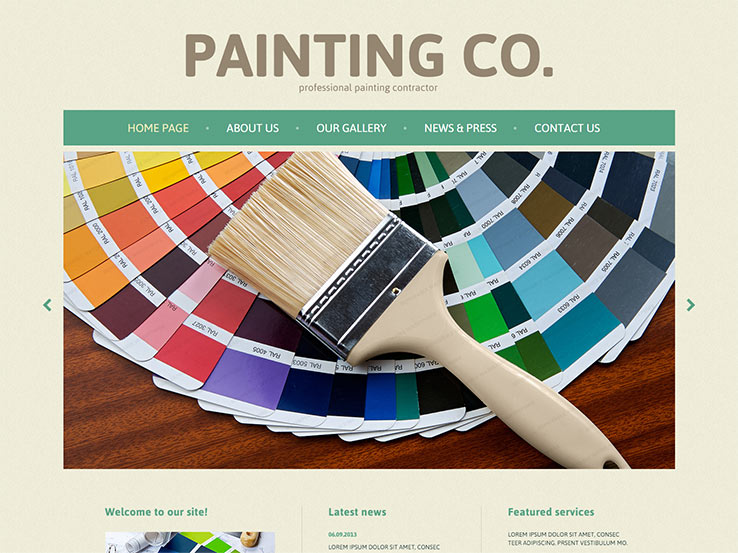Discover Exactly How Seasonal Aspects Affect Business Outside Paint Success And Uncover The Best Times To Guarantee Long-Term Outcomes For Your Project
Discover Exactly How Seasonal Aspects Affect Business Outside Paint Success And Uncover The Best Times To Guarantee Long-Term Outcomes For Your Project
Blog Article
Content Written By-Korsholm Decker
When you're preparing an industrial exterior painting project, seasonal elements can make or damage your results. You'll intend to think about exactly how temperature level and humidity effect paint application and drying out times. Choosing the right period can guarantee your paint adheres appropriately and lasts longer. But which periods are truly the very best for this sort of job? Allow's explore the crucial elements that can impact your task's success.
The Impact of Temperature on Paint Application
When you're intending a commercial exterior painting project, the temperature can considerably affect just how well the paint adheres and dries out.
Ideally, you wish to repaint when temperatures vary in between 50 ° F and 85 ° F. If it's too chilly, the paint may not heal appropriately, resulting in issues like peeling or cracking.
On the other side, if it's as well hot, the paint can dry also swiftly, protecting against appropriate adhesion and resulting in an uneven surface.
You need to additionally take into consideration the time of day; early morning or late afternoon uses cooler temperatures, which can be extra beneficial.
Always inspect the maker's recommendations for the specific paint you're using, as they commonly supply advice on the ideal temperature array for optimal outcomes.
Humidity and Its Impact on Drying Times
Temperature level isn't the only environmental element that influences your business exterior painting task; moisture plays a considerable role as well. High moisture degrees can reduce drying out times considerably, influencing the overall top quality of your paint work.
When the air is filled with moisture, the paint takes longer to cure, which can result in concerns like bad bond and a higher risk of mildew growth. If you're repainting on a particularly humid day, be prepared for prolonged delay times in between layers.
It's important to keep an eye on local climate condition and strategy accordingly. Ideally, aim for humidity levels between 40% and 70% for optimum drying out.
Keeping these factors in mind guarantees your job remains on track and supplies an enduring coating.
Best Seasons for Commercial Outside Paint Projects
What's the very best season for your business exterior paint projects?
Spring and early loss are typically your best options. Throughout these periods, temperature levels are light, and humidity degrees are typically lower, producing suitable problems for paint application and drying.
Prevent summer's intense heat, which can trigger paint to completely dry too quickly, causing inadequate attachment and coating. In a similar way, winter season's chilly temperature levels can prevent correct drying out and treating, running the risk of the longevity of your paint job.
Go for days with temperature levels between 50 ° F and 85 ° F for ideal results. Remember to check https://www.housebeautiful.com/room-decorating/colors/g28777092/monochromatic-color-schemes/ for rainfall, as wet conditions can destroy your job.
Read the Full Guide around these elements guarantees your paint project runs efficiently and lasts longer.
Final thought
To conclude, planning your commercial exterior paint projects around seasonal factors to consider can make a considerable difference in the result. By organizing work during the perfect temperatures and moisture levels, you'll guarantee better adhesion and drying times. Keep in mind to keep an eye on regional weather report and pick the correct time of year-- springtime and early autumn are your best bets. Taking these steps will assist you attain a durable and professional coating that lasts.
